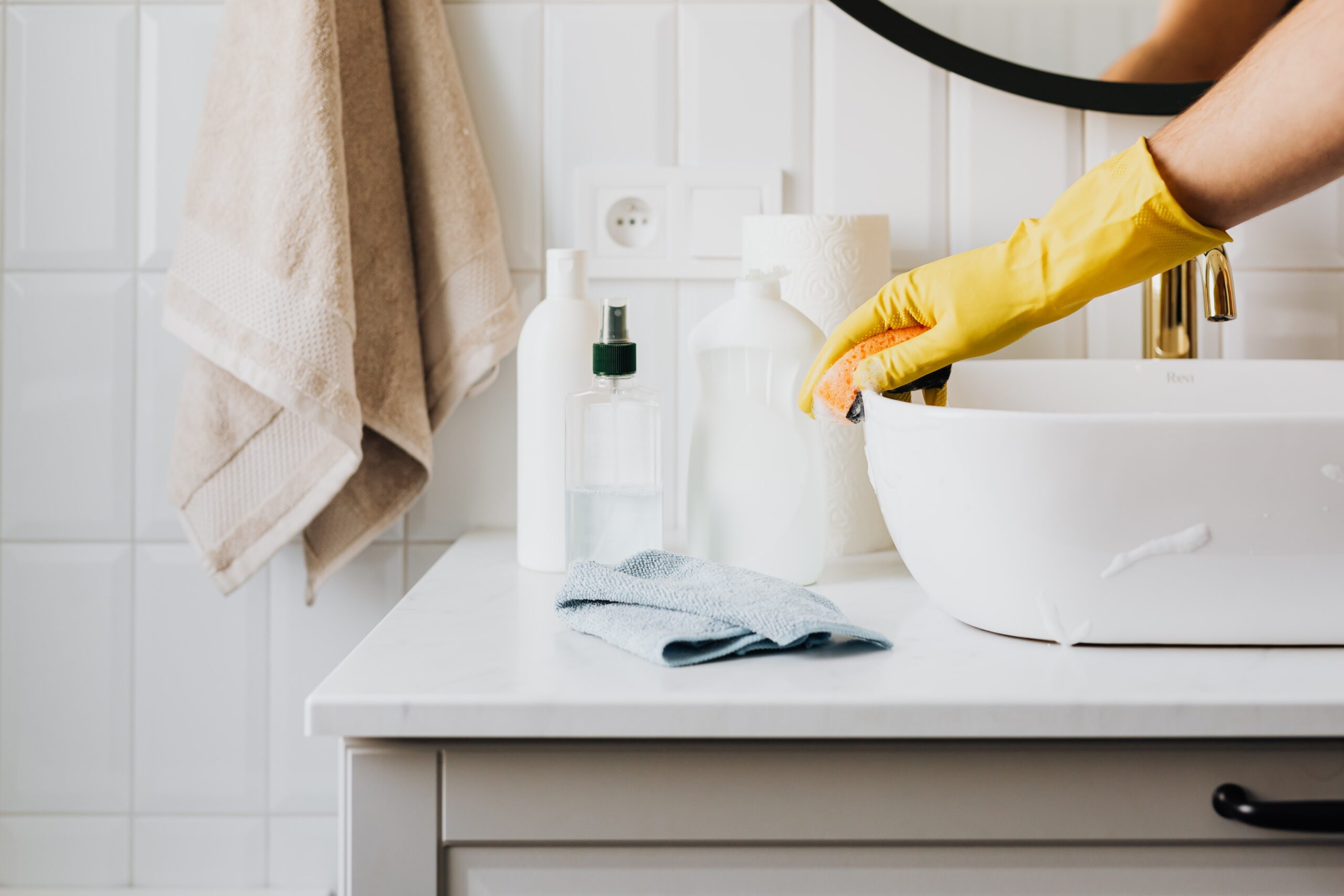If you find evidence of moisture or mould while spring cleaning, it’s important to take it seriously. Mould isn’t just a cosmetic issue; it can pose significant health risks.
Mould releases allergens and mycotoxins, which, when inhaled, can lead to respiratory problems, allergies, and potentially severe health conditions. And here’s the alarming fact: according to studies, about 25% of the population may have a combination of genes that prevent them from producing antibodies to fungi – which means they experience an inflammatory response to mould that doesn’t switch off.
If you’re struggling with fatigue, recurring colds/flu, headaches or sleep disturbances, it might be linked to mould. Monitoring indoor humidity is an important factor to manage mould in your indoor environment.
What you can do:
- Hygrometer Usage: Invest in a hygrometer to regularly measure indoor humidity levels. Aim for 30-50% for a healthier living environment.
- Proper Ventilation: Ensure well-ventilated spaces, especially in moisture-prone areas such as bathrooms and kitchens.
- Dehumidifiers: If your home consistently experiences high humidity, consider using a dehumidifier to maintain an optimal environment.
- Regular Inspections: Stay vigilant with routine inspections, focusing on potential trouble spots.
PS To clean mould, it is not recommended to use chemicals like bleach to kill it, because some fungi can use them as a food source, and dead mould spores can still trigger the inflammation as they contain mould toxins.
Instead, wash hard surfaces with a microfibre cloth in a solution of 1 part water to 4 parts naturally fermented white vinegar. Rinse each time and repeat. For porous surfaces such as unsealed timbers, use a 70% alcoholic solution, such as ethanol.



